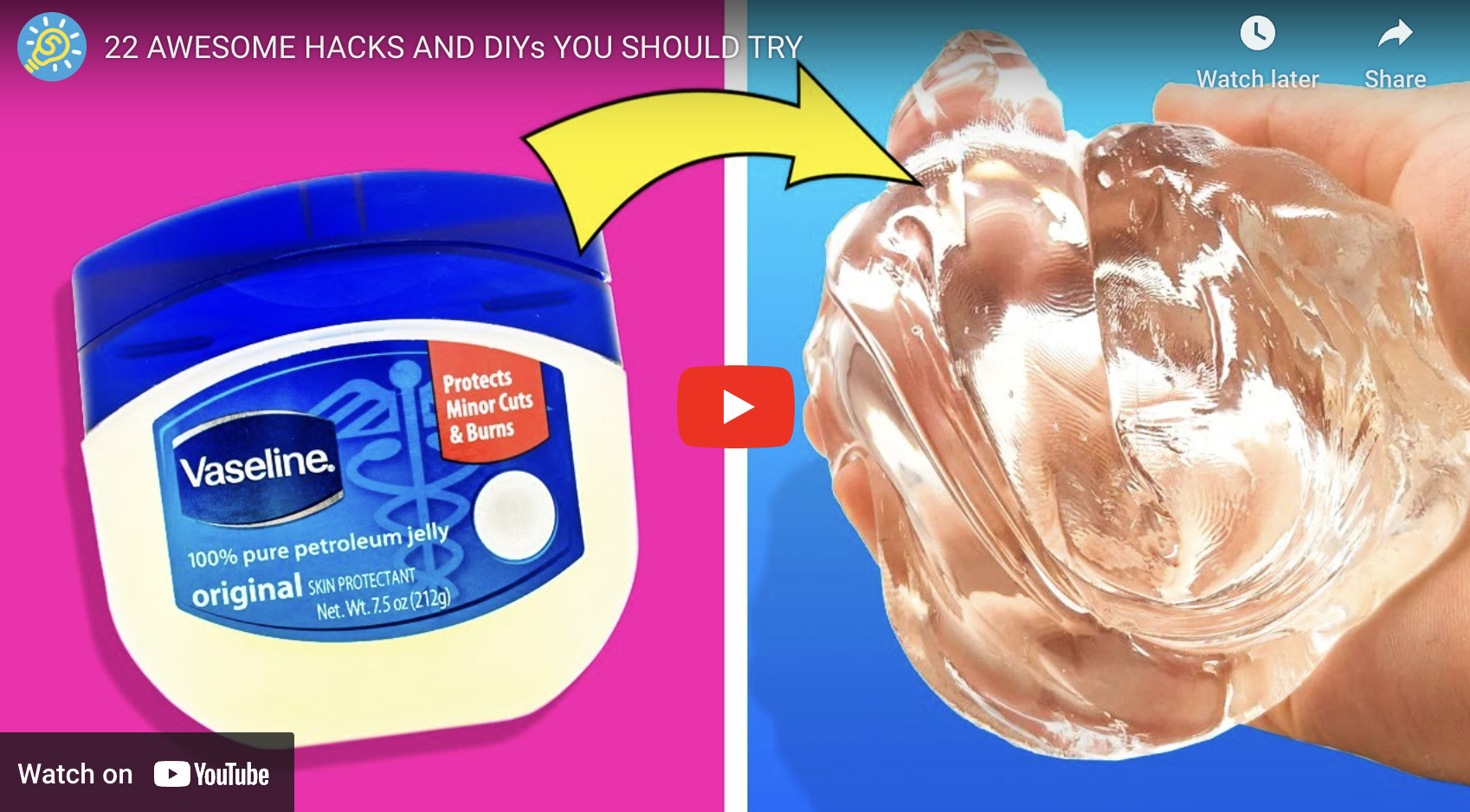Pie crust is an essential component of any delicious pie. Whether you’re making a sweet fruit pie or a savory quiche, a flaky and buttery crust can make all the difference. While many pie crust recipes require refrigeration, there are quick and easy recipes that don’t need any chilling time. In this article, we will explore a quick pie crust recipe that you can whip up in no time.
Quick Pie Crust Recipe (No Refrigeration):
Version 1:
Ingredients:
– 1 1/4 cups all-purpose flour
– 1/2 teaspoon salt
– 1/2 cup unsalted butter, cold and cubed
– 1/4 cup ice water
Instructions:
1. In a large mixing bowl, combine the flour and salt.
2. Add the cold butter cubes to the flour mixture and use a pastry cutter or your fingers to work the butter into the flour until it resembles coarse crumbs.
3. Gradually add the ice water, a tablespoon at a time, until the dough comes together and forms a ball.
4. Turn the dough out onto a lightly floured surface and shape it into a disk.
5. Roll out the dough into a circle that is about 1/8 inch thick.
6. Transfer the dough to a pie dish and trim any excess overhang.
7. Fill the pie crust with your desired filling and bake according to your pie recipe.
Version 2:
Ingredients:
– 2 cups all-purpose flour
– 1 teaspoon salt
– 2/3 cup vegetable oil
– 1/3 cup milk
Instructions:
1. In a mixing bowl, combine the flour and salt.
2. In a separate bowl, whisk together the vegetable oil and milk.
3. Pour the oil and milk mixture into the flour mixture and stir until a dough forms.
4. Divide the dough in half and roll out each half between two sheets of parchment paper to your desired thickness.
5. Peel off the top layer of parchment paper and transfer the dough to a pie dish.
6. Fill the pie crust with your desired filling and bake according to your pie recipe.
Both of these quick pie crust recipes are easy to make and require minimal ingredients. They are perfect for when you need a pie crust in a pinch and don’t have time to chill the dough.
Interesting Trends:
1. Gluten-Free Options: With the rise in popularity of gluten-free diets, many people are looking for gluten-free pie crust recipes. There are now several gluten-free flour blends available that can be used in place of traditional all-purpose flour in pie crust recipes.
2. Vegan Pie Crusts: As more people embrace a plant-based diet, there has been an increase in demand for vegan pie crust recipes. Ingredients like vegetable oil, coconut oil, or vegan butter can be used as substitutes for traditional butter in pie crust recipes.
3. Creative Flavors: Pie crusts are no longer limited to just plain buttery crusts. Bakers are getting creative with flavors by adding herbs, spices, or even cheese to their pie crusts. These unique crusts can add an extra layer of flavor to your favorite pie recipes.
4. Decorative Crusts: Instead of just a simple top crust, bakers are now getting creative with decorative pie crusts. From intricate lattice designs to cut-out shapes, there are endless possibilities for making your pie crusts look as good as they taste.
Quotes from Professionals:
1. “A quick pie crust recipe can be a lifesaver when you’re short on time but still want to bake a delicious pie. With the right technique, you can achieve a flaky and tender crust without the need for refrigeration.” – Pastry Chef
2. “I always recommend using cold ingredients when making pie crust, as this helps create a flaky texture. However, with a quick pie crust recipe, you can still achieve great results without the need for chilling the dough.” – Baker
3. “Experimenting with different types of fats in your pie crust can lead to interesting flavor combinations. Don’t be afraid to try vegetable oil or coconut oil as substitutes for butter in your pie crust recipes.” – Culinary Expert
Common Concerns and Answers:
1. Will the pie crust be flaky without refrigeration?
– Yes, with the right technique and handling, you can still achieve a flaky pie crust without refrigeration.
2. Can I make the pie crust ahead of time and refrigerate it?
– Yes, you can make the pie crust ahead of time and refrigerate it if you prefer. Just make sure to let it come to room temperature before rolling it out.
3. Can I freeze the pie crust for later use?
– Yes, you can freeze the pie crust for later use. Just make sure to wrap it tightly in plastic wrap before freezing.
4. Can I use whole wheat flour in the pie crust?
– Yes, you can use whole wheat flour in the pie crust for a nuttier flavor. Just keep in mind that whole wheat flour can make the crust denser.
5. How can I prevent the pie crust from shrinking during baking?
– To prevent the pie crust from shrinking, make sure to let it rest in the pie dish for at least 30 minutes before baking. You can also use pie weights or dry beans to weigh down the crust while baking.
6. Can I use a food processor to make the pie crust?
– Yes, you can use a food processor to make the pie crust, but be careful not to overmix the dough. Pulse the ingredients until they come together, then transfer the dough to a floured surface to shape it into a disk.
7. How thick should I roll out the pie crust?
– Roll out the pie crust to about 1/8 inch thickness for a standard pie dish. If you prefer a thicker crust, you can roll it out to 1/4 inch thickness.
8. Can I use a different type of fat in the pie crust?
– Yes, you can experiment with different types of fats in the pie crust, such as vegetable oil, coconut oil, or lard. Just keep in mind that the flavor and texture may vary.
9. How long should I bake the pie crust before adding the filling?
– Bake the pie crust for about 15-20 minutes before adding the filling to ensure that it is fully cooked and doesn’t become soggy.
10. Can I use a store-bought pie crust instead?
– If you’re short on time, you can use a store-bought pie crust as a convenient alternative. Just make sure to follow the package instructions for baking.
11. Can I add sugar to the pie crust for a sweeter flavor?
– Yes, you can add a tablespoon of sugar to the pie crust for a slightly sweeter flavor. Just keep in mind that this may alter the texture of the crust slightly.
12. How can I prevent the bottom crust from becoming soggy?
– To prevent the bottom crust from becoming soggy, you can pre-bake it for a few minutes before adding the filling. You can also brush the bottom crust with an egg wash to create a barrier between the crust and the filling.
In conclusion, a quick pie crust recipe can be a game-changer when you need a pie crust in a hurry. With the right ingredients and technique, you can create a flaky and delicious pie crust without the need for refrigeration. Whether you prefer a traditional buttery crust or a vegan-friendly option, there are plenty of variations to suit your taste. So next time you’re in a pinch, give one of these quick pie crust recipes a try and impress your friends and family with a homemade pie that’s as easy as pie to make.
![[Mom Prepared]](https://momwithaprep.com/wp-content/uploads/2024/12/cropped-momlogo-244x56.png)

